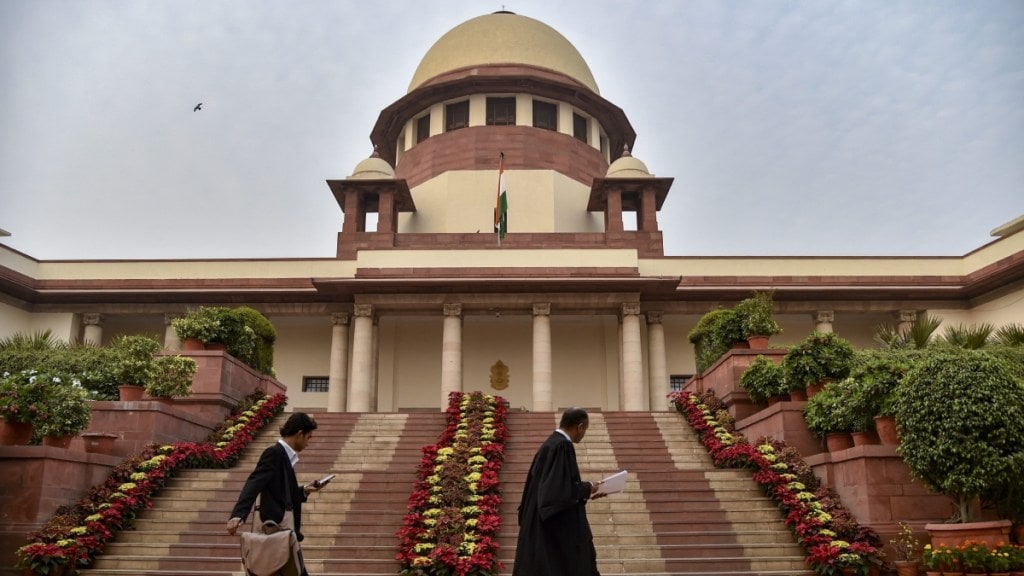A Supreme Court (SC) judgment earlier this year in the Kalyani Transco-Bhushan Power and Steel case, and a subsequent National Company Law Appellate Tribunal (NCLAT) order in the Dunar Foods case have practically undermined the Insolvency and Bankruptcy Code (IBC) principle that a “clean slate” must be available to resolution applicants (RAs). IBC has ab initio been armed with Section 14 that offers moratorium on assets of an entity undergoing resolution.
Section 32 (A), introduced in December 2019, reinforced this shelter by giving immunity to the corporate debtor (CD) and its assets from prosecution under other laws. In fact, the origin of Section 32(A) could be traced to numerous instances where courts and tribunals gave divergent treatments to the attachments of assets of CD by the Enforcement Directorate (ED) under the Prevention of Money Laundering Act (PMLA), during or prior to the insolvency process. The conflict between the IBC and the PMLA is particularly difficult as both are “special statutes” that contain “non-obstante” clauses that have an overriding effect over other laws inconsistent with them.
In the latest instance, the apex court has held that neither the NCLT nor the NCLAT has jurisdiction to review decisions taken by statutory authorities on matters that are “in the realm of public law”, like actions under the PMLA. To be sure, the very concept behind the moratorium and immunity provisions in the IBC is that firms are not deterred from bidding for insolvent companies for fear of being troubled with the promoters’ past criminal liabilities. While the RA in the Dunar Foods case contended that the Section 14 moratorium applies to all proceedings—civil, criminal, quasi-judicial or otherwise—the NCLAT, citing the SC ruling, held that “proceeds of crime” already being adjudicated under a penal statute “cannot be deemed to be part of freely available resolution estate”.
While this has created a seemingly insurmountable legal challenge to the stakeholders in the insolvency process, Insolvency and Bankruptcy Board of India (IBBI) Chairperson Ravi Mital has held a ray of hope by stating last week that the board and the ED have arrived at a “solution” to address the vexatious issue. What needs to be known is whether the circular, which Mital said would be issued “in a month or two”, would ensure that not only after the successful bidder is chosen, but even during the resolution process, the ED would refrain from attaching the assets financed by the creditors. ED actions running parallel to the resolution efforts would doubtless diminish chances of resolution. It is also unclear whether an understanding between the IBBI and the ED and its endorsement via a circular will have legal validity.
To be sure, Section 32(A) of the IBC preconceived the conflict that has arisen with the PMLA, and explicitly states that “any proceedings” may be initiated against “persons” involved in generating ill-gotten funds, but not the “assets” created even if via malfeasance. What will also serve to resolve the issue is the notion that crime proceeds offered as security to creditors rightfully belong to them, rather than the government. The government’s role in this case must be restricted to taking penal measures against the offenders for contravention of the law. The assets of the CD, even if besmirched by crime, must accrue to the creditors, and, thereby, the larger economy and society. Such protection is even more necessary when the business concerned has a chance for revival only with the benefit of such assets.


